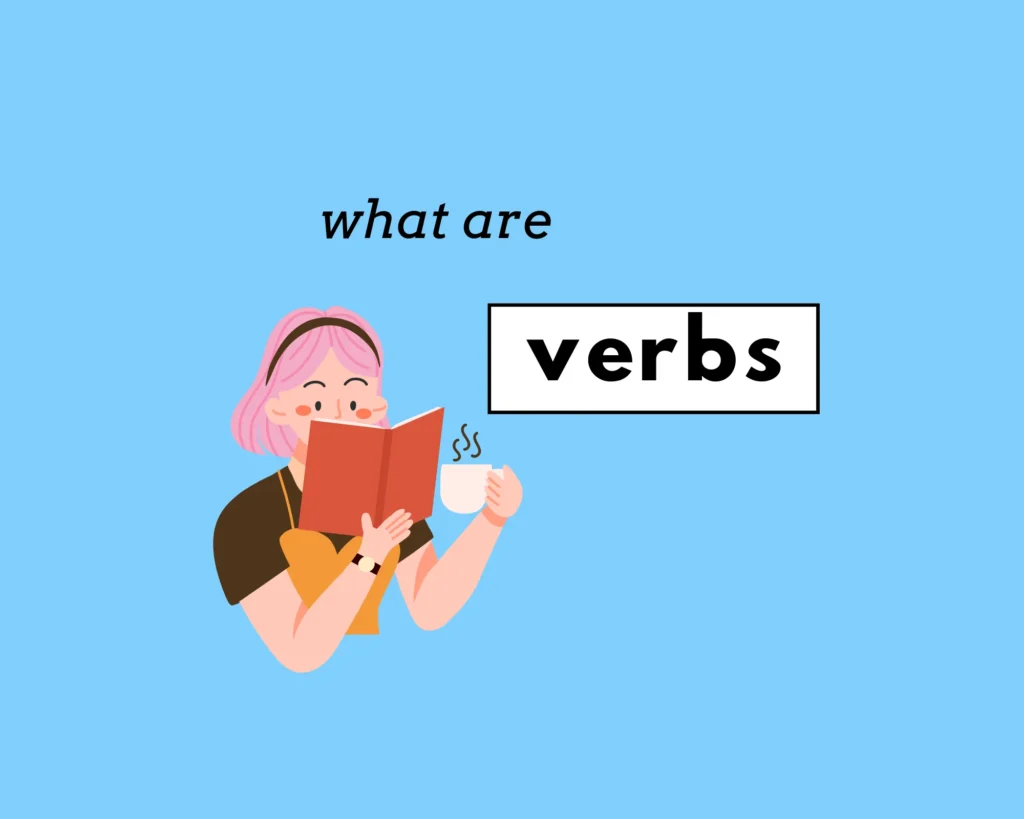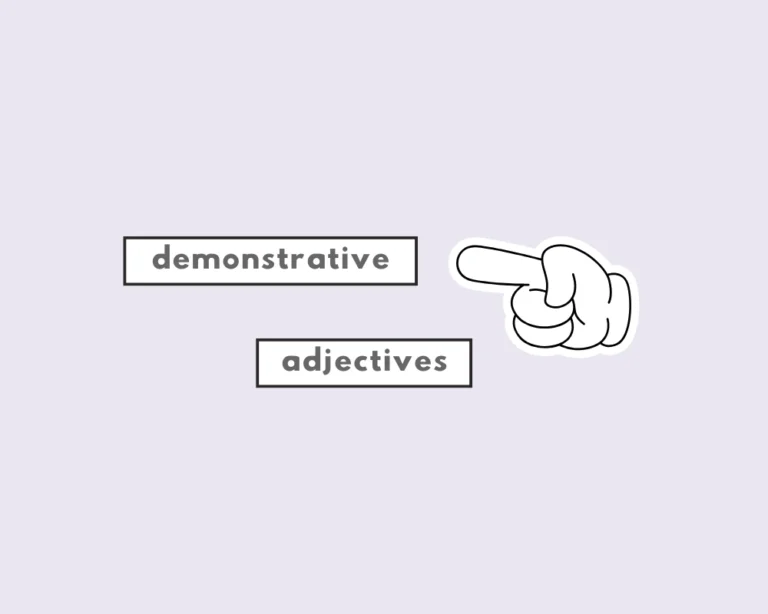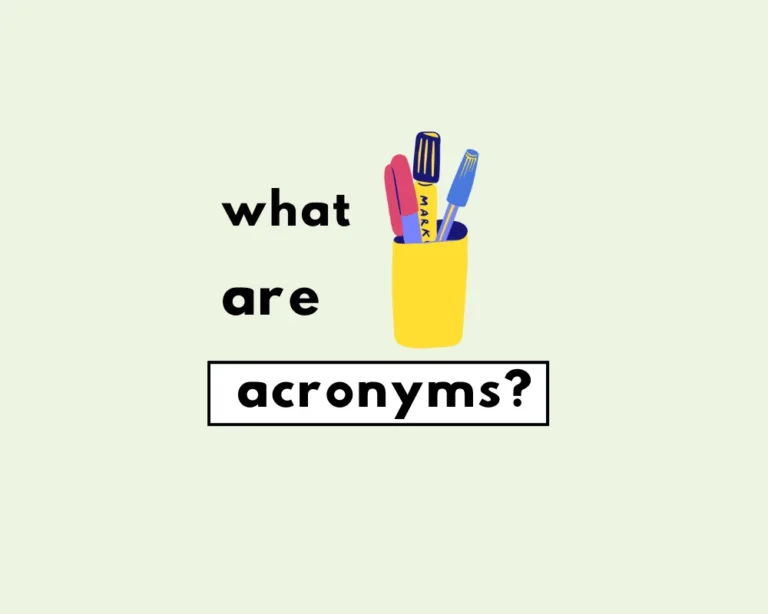What’s a verb?
Verbs are one of the main parts of speech that builds the English language. They play a major role in language and appear in every sentence by telling us about actions or states of being.
She sings songs beautifully. (Transitive: “songs” is the direct object)
He runs every morning. (Intransitive: no direct object)
They discussed the plan in detail. (Transitive: “the plan” is the direct object)
She arrived the destination late. (Intransitive verb used transitively)
He sleeps the bed comfortably. (Intransitive verb used transitively)
I resemble. (Transitive verb used intransitively)
There are many types of verbs, including modal verbs, auxiliary verbs, participles, transitive and intransitive, stative verbs and so on. The word ‘verb‘ derives from the Latin verbum, which literally translates to “a word,” (of Proto-Indo European origin).
Transitive & intransitive verbs
People sometimes confuse themselves on what the correct understanding of transitive and intransitive verbs are. When we perform an action (read: verb), we might do something to someone or something else, or the action may begin and end with ourselves as the actor (or person doing the action).
- Actions which are done to someone or something are transitive: the action is being received by someone/something.
- Actions that begin and end with us, and are not received by someone/something are intransitive.
In other words, the difference between transitive and intransitive verbs boils down to whether it uses a sentence object or not. See the chart below that illustrates the distinction.
| transitive | intransitive |
|---|---|
| Timmy kicks the ball.Ashley rides the horse. | Sarah laughs quietly.She is sleeping. |
Transitive and intransitive, explained
In both sentences, the subject performs an action that is received by something. Whatever receives the action in a sentence is called the sentence object. In the first sentence, the ball is kicked by Timmy; therefore, the ball is the object: it receives the action of the subject.
In the second sentence, the horse is ridden by Ashley. This makes the horse the direct object, and rides, a transitive verb (along with kick).
A way to remember this is that transitive verbs transition: they move from one thing (or person) to another, or from the doer to a receiver; and can include one or more sentence objects.
Practice using the verb in different tenses with example sentences to memorize the correct forms.
Intransitive verbs explained
Opposite transitive verbs are intransitive verbs, which do not have objects, since the action is not received by anyone or anything. With intransitives, the ‘action‘ begins and ends with the doer themselves.
To sleep, for example, is an action that we do on our own and is a state of being. When actions occur and end within the sentence subject, they are intransitive.
Certain verbs are strictly intransitives (e.g. being asleep, laughing, thinking, falling.) Others can function as both transitive and intransitive; such as fighting, riding, reading, and so on.
Importantly, what distinguishes transitives from intransitives is whether an action is done to something, or whether it describes a state of being/manner in which an action was performed.
In review: transitive/intransitive verbs
Grammar (RULES!)
- Transitive verbs contain one object or more, and describe actions that move from an actor/doer to a receiver/object.
- Intransitive verbs do not transition towards anything. This means they do not contain an object, and are not acts that are done to anyone or anything.
Worksheet: transitive & intransitive verbs
| Questions | Answer options: |
| 1. Sarah passed me her handbook. | a. transitive b. intransitive c. third-person present singular d. present perfect tense |
| 2. She’s laying down for a nap right now. | a. intransitive b. transitive c. modal d. none of the above |
| 3. We love to dance! | a. intransitive b. transitive c. both d. neither |
| 4. She studies diligently at school. | a. intransitive b. transitive c. both d. neither |
| 5. Moira and Jack sang at the school concert. | a. intransitive b. transitive c. both d. neither |
| 6. The captain married John and Marlene during the cruise. | a. intransitive b. transitive c. both d. neither |
| 7. Geoffrey bought the boat yesterday. | a. intransitive b. transitive c. both d. neither |
| 8. Our sympathies rest with the defendant. | a. intransitive b. transitive c. both d. neither |
Answer key
- a
- b
- a
- a
- a
- b
- b
- a
Keep learning!
Rome wasn’t built in a day; and likewise, grammar cannot be learned overnight. Take some time to keep learning, improve your writing, and maybe have some fun while you’re at it!
- What’re personal pronouns?
- What’s the difference between they’re, their, and there?
- Whose vs who’s?
- Is or are?
Worksheet
According to the post, what is a key characteristic of a transitive verb?
Which type of verb, as discussed in the post, is often remembered because its action “transitions” from the doer to a receiver?
Based on the examples given, which of the following verbs is listed as strictly or usually intransitive?
What is the main difference between transitive and intransitive verbs, according to the blog post?
In the sentence “Ashley rides the horse,” based on the post’s explanation, the verb ‘rides’ is considered what type of verb?
Actions that begin and end with the doer themselves, and are not received by someone or something else, are described as .
Intransitive verbs do not have because the action is not received by anyone or anything.
In the sentence “She is sleeping,” the verb ‘sleeping’ is an example of a verb functioning as .
The post states that verbs like ‘fighting’, ‘riding’, and ‘reading’ are examples of verbs that can function as both transitive and .
A sentence object is defined in the post as whatever the action in a sentence.
Frequently Asked Questions
What makes a verb transitive?
+
What makes a verb intransitive?
+
What is the main difference?
+
Do all verbs fit only one type?
+
What receives the action of a transitive verb?
+
Yash, D. "Types of Verbs (Transitive and Intransitive)." Grammarflex, Jun 6, 2025, https://www.grammarflex.com/what-are-verbs-transitive-and-intransitive-examples-and-worksheets/.
Sources
-
Evan Peters











